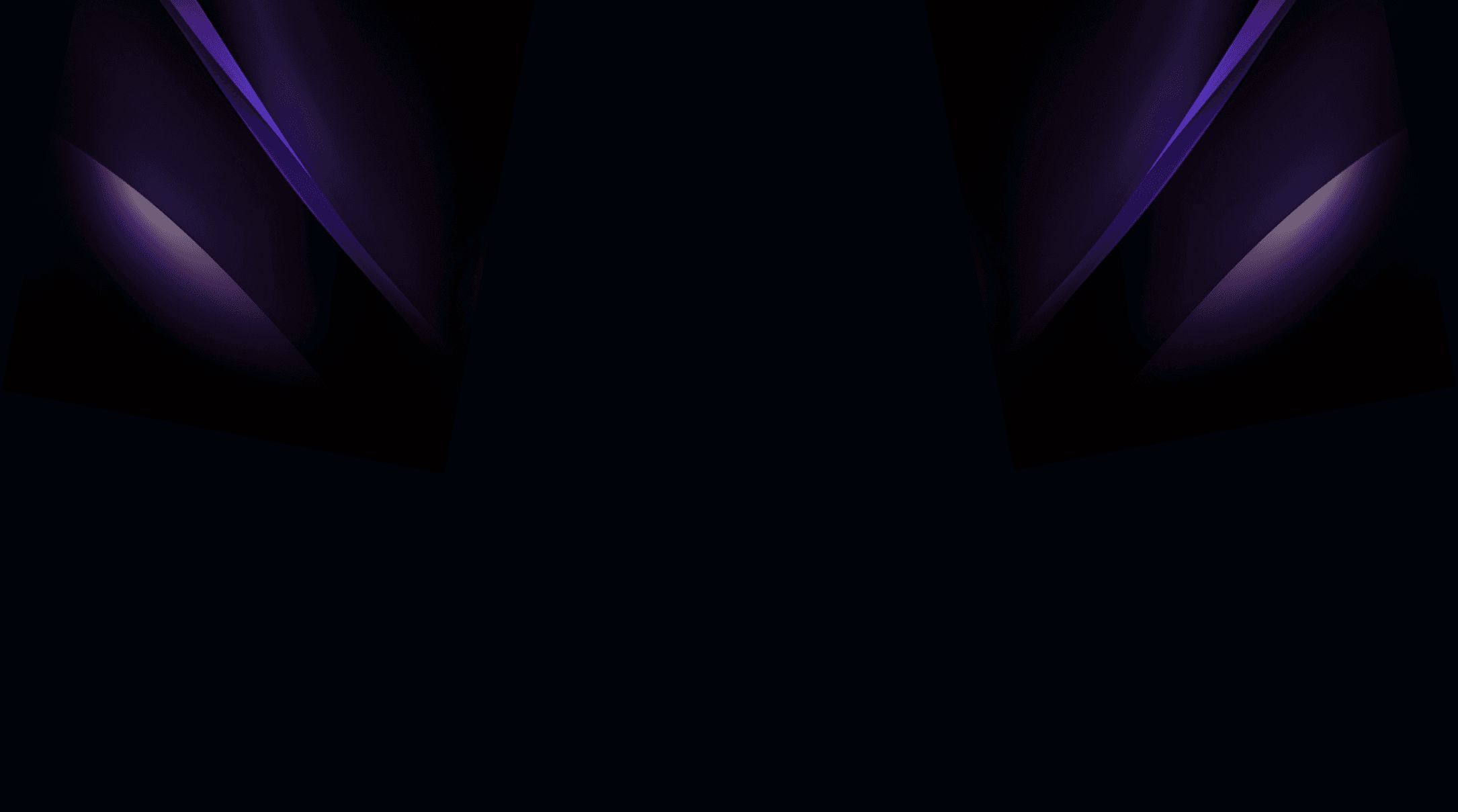
Rugby Player Tracking Systems Explained: GPS vs Computer Vision
GPS arrived in elite sport in the early 2000s and changed how coaches understood training and performance. At first, only the best players in a team wore a unit. Then the whole starting XV. Soon every professional squad had coverage, followed by the standout players in semi pro teams, then full semi pro squads, and today you will even see GPS on some grassroots sides.
Used well, GPS can be brilliant. It helps staff measure external workload and intensity across a week or a season. You can track high speed running, accelerations and decelerations, repeated efforts, and how often players reach their top end. That matters for managing how hard people are trying and whether they should be pushed or held back. It is invaluable for return to play and for getting players ready to peak when it counts.
The problems start when the data becomes the focus rather than the decisions. With too many numbers on the screen, teams slip into paralysis by analysis. Either nobody knows what to do next, or they ask the wrong questions, or they solve the wrong problem. You can chase a sprint count target and still miss the real story that decides a match. Context is everything. Position, game model, opponent, conditions, phase of play, and the scoreboard all change what a number means.
This is exactly where Framesports is focused. We are developing advanced algorithms that merge every available data point, then run them through machine learning models so coaches and performance staff get the right questions asked and the best answers surfaced. Think match video, event data, player development plans and training workloads unified into a single intelligence layer. The goal is not to drown you in dashboards. The goal is to steer you to decisions that move the needle.
Put plainly, elite rugby has been using scissors to mow the lawn. We want to introduce a lawnmower.
Ask any question that matters to your environment and we should be able to route the data towards it. How do we win more U20 championships without increasing spend. How do we raise our 22 m entry conversion rate without relying on greater collision dominance. Which training drills create the biggest transfer to our exit accuracy. Which players’ off ball work actually drives our defensive reload speed in the final quarter. A good system does not just report what happened. It helps you decide what to change next.
Now to the future. GPS is useful, but the next leap in player tracking is computer vision. Optical tracking gives a richer, more precise picture of movement because it sees what the body is doing, not just where a pod is travelling. It knows whether a player is standing tall, bent at the waist, or lying on the floor. That distinction matters for collision interpretation, ruck contribution, and fatigue detection. It is possible to infer some of this with GPS and clever processing, but it is hard and often unreliable in messy contact sequences.
Computer vision can model player pose in three dimensions, follow identities through traffic, and keep continuity through occlusion. That unlocks analysis of support lines, spacing between defenders, fold speed after a ruck, depth and width in phase play, and the timing of decoy lines. Combine those positions and poses with event streams and you can start to quantify the value of movement without the ball, not just the action that made the highlights.
Football is ahead of rugby here. Many top clubs and leagues already merge optical tracking with event data to understand team shape, passing lanes, pressure on the ball, and the probability impact of tiny off ball decisions. Rugby can benefit even more because contact and breakdown mechanics add a layer where posture and body orientation change outcomes. Computer vision sees that. GPS usually does not.
So what should coaches and performance teams do today?
First, keep using GPS for what it does well. Manage weekly loads, identify red flags early, and keep return to play decisions grounded in objective trends. Do not let the session become a spreadsheet exercise. Anchor GPS to questions you actually need to answer this week.
Second, start integrating your video and event data workflows so you can connect movement to outcome. When you can map a player’s off ball actions to entries, exits, and defensive stops, your conversations with players improve overnight.
Third, prepare for computer vision. That means better camera placement, more consistent capture, and a workflow that can ingest optical tracking as it becomes available. The aim is to move from counting things to understanding cause and effect.
This is the journey Framesports is building for. We bring your footage and player information together automatically, then our insight engine layers on the advanced models. Instead of giving you a hundred charts, we push the decision you need, in plain language, and deliver clips straight to players where they actually engage. You get less noise and more action.
GPS started the movement revolution in rugby. Computer vision will finish it. The teams that win the next cycle will be the ones who connect tracking to tactics, development, and recruitment, and who ask sharper questions of their data. If scissors got us this far, it is time to fire up the lawnmower.


